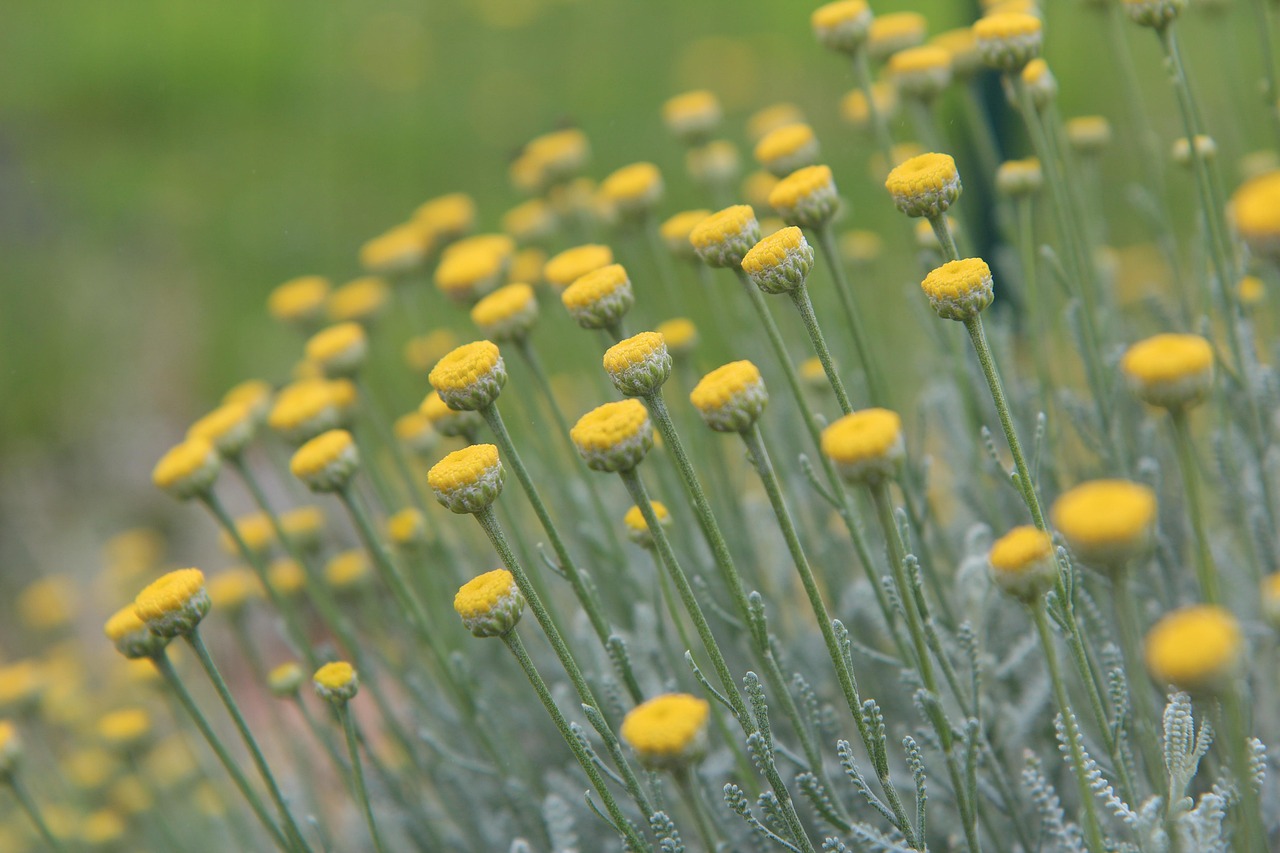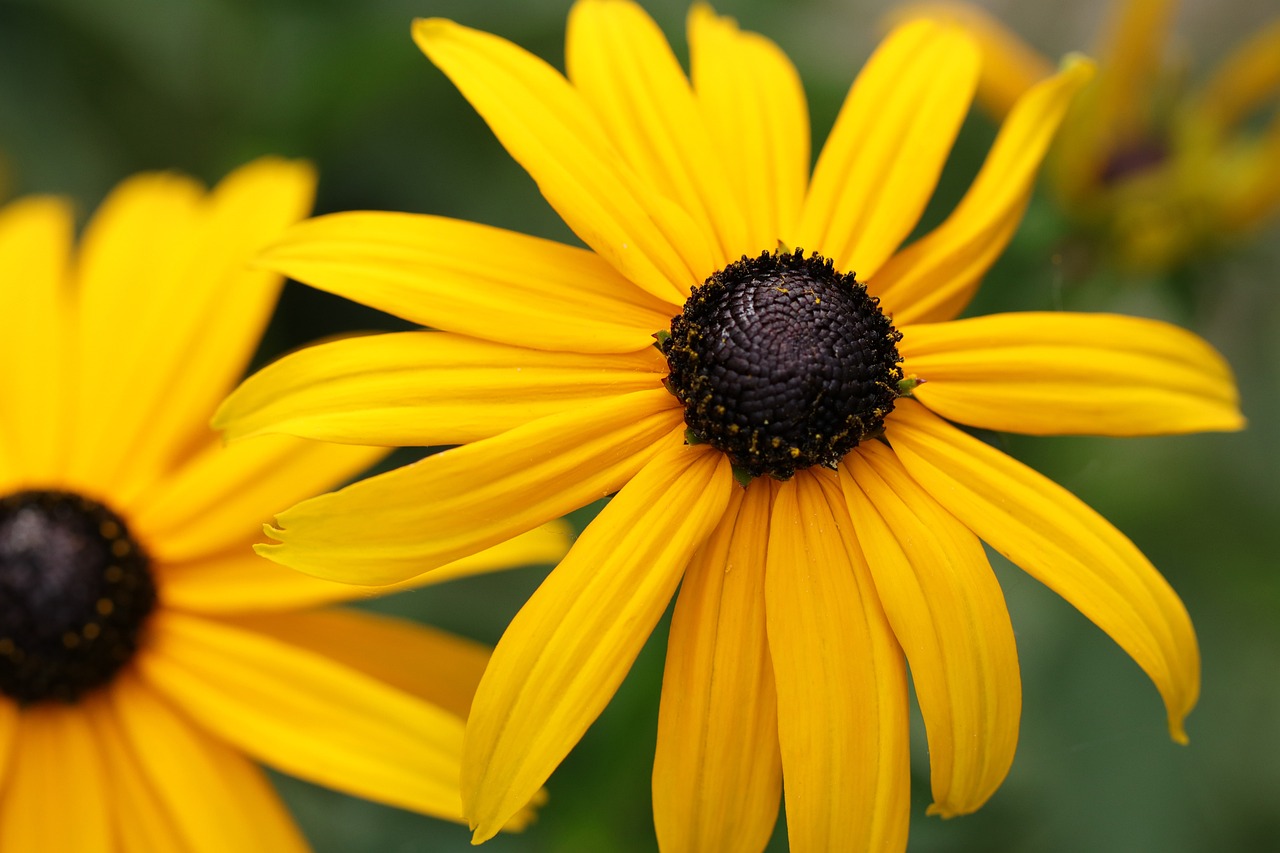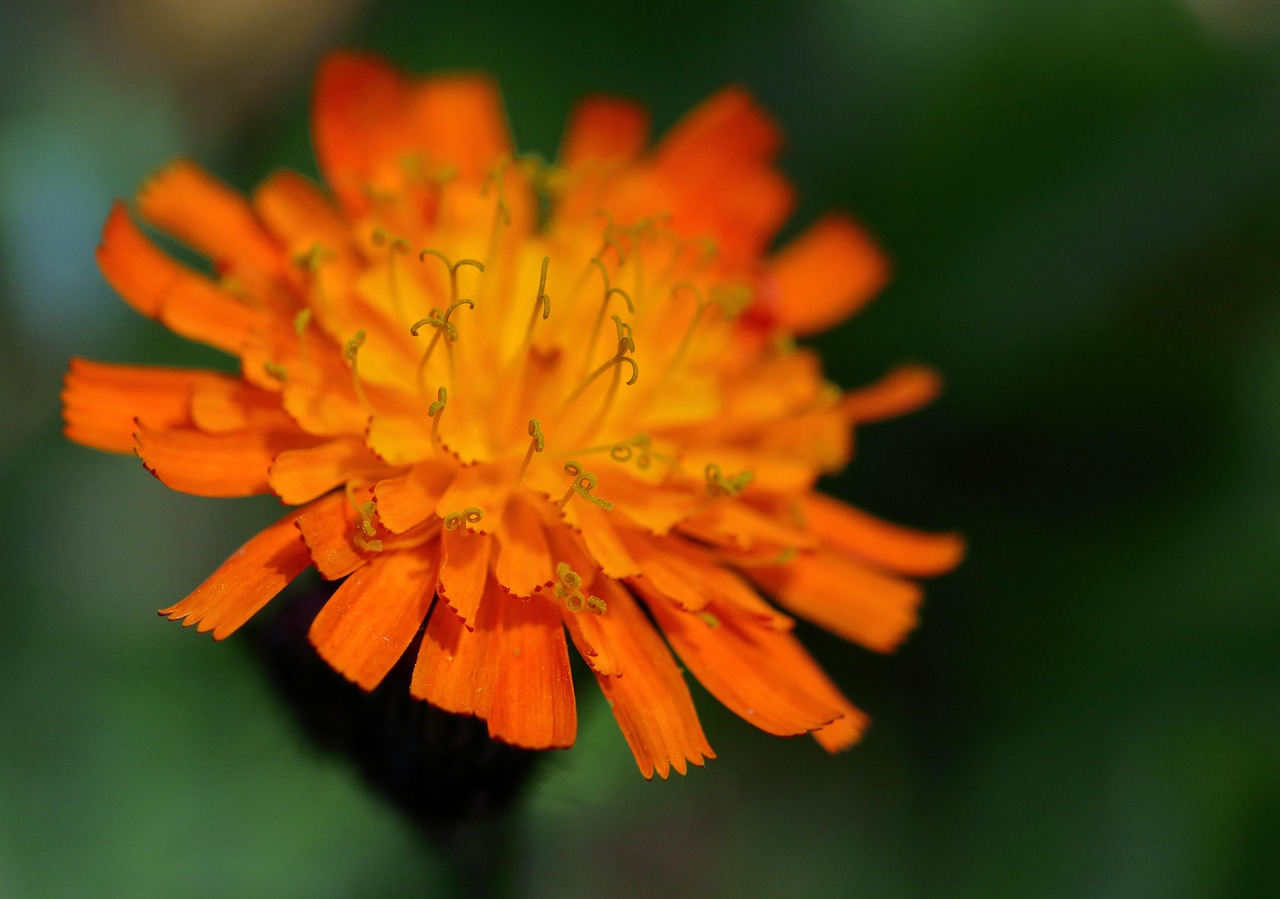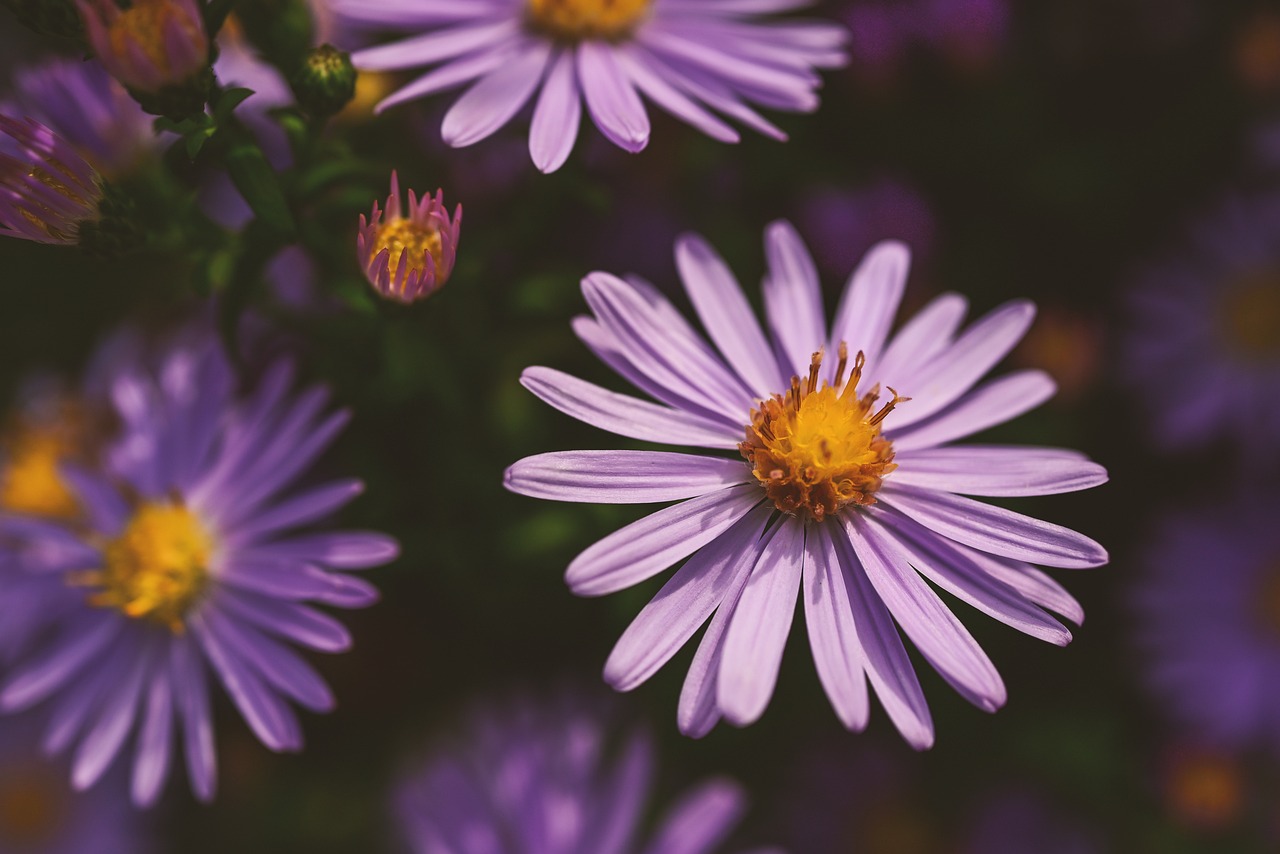Dimorphotheca | A Bright Bloom Reflecting the African Sunlight
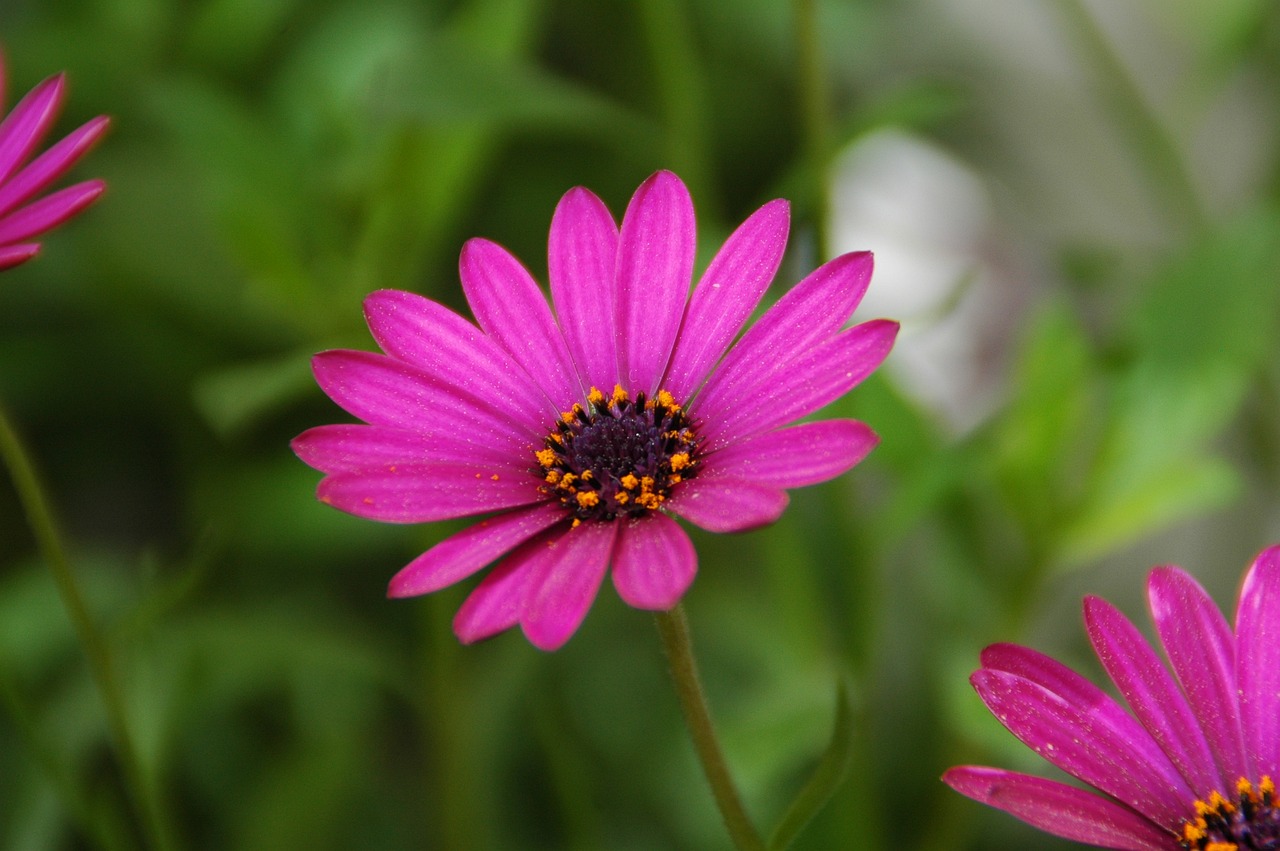
Dimorphotheca is a captivating flower, admired for its vivid colors and its habit of opening towards the sun. From spring to summer, it adds vibrant color to flowerbeds and potted plants, and is well-known as an easy plant to grow, even for beginners.
In this article, I will explain the essential information about Dimorphotheca, including its cultural background and gardening tips.
Basic Information
- Scientific name: Dimorphotheca
- Family: Asteraceae
- Origin: South Africa
- Appearance: The flowers resemble daisies and come in vivid shades of orange, yellow, white, and pink. They open during the day and close at night or on cloudy days. The plant grows 20–40 cm tall and spreads across the ground.
- Blooming season: Mainly from March to June, though in warm regions, the flowering period can last longer.
Cultural Significance Worldwide
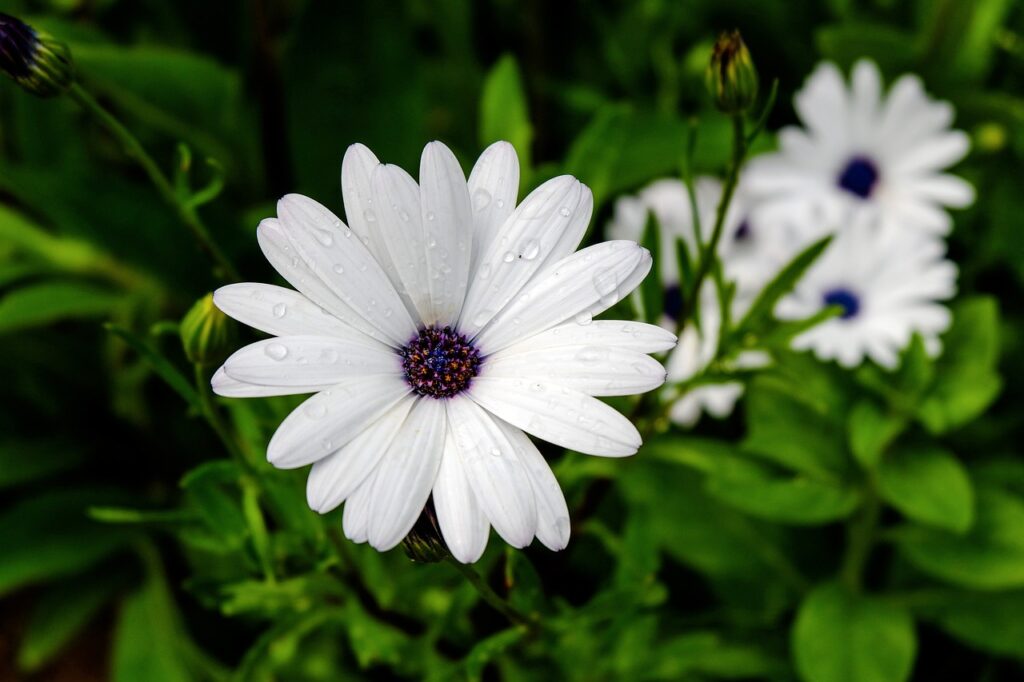
In South Africa, its native land, Dimorphotheca is regarded as a type of “African Daisy” and is often seen in dry regions and rocky areas. Because of its drought tolerance and bright blossoms, it is widely used for ornamental purposes in gardens, parks, and potted arrangements.
In Mediterranean regions and warm climates of the United States, it is also a popular choice for adding color to outdoor spaces.
The flower symbolizes “energy” and “brightness,” making it a delightful gift for cheerful and active individuals. Additionally, its habit of opening by day and closing at night has made it a symbol of a lifestyle lived in harmony with the sun.
Historical Background
Dimorphotheca was introduced to Europe in the 19th century, where it quickly became popular as an ornamental plant. Due to its drought resistance, it was widely cultivated in desert areas and arid climates, making it a valued plant in many regions.
In South Africa, vast fields of blooming Dimorphotheca offer a breathtaking sight that attracts many visitors.
In the Western Cape, known as the “Land of Flowers,” the carpets of Dimorphotheca blooming in spring are celebrated as one of nature’s true wonders.
Gardening Advice
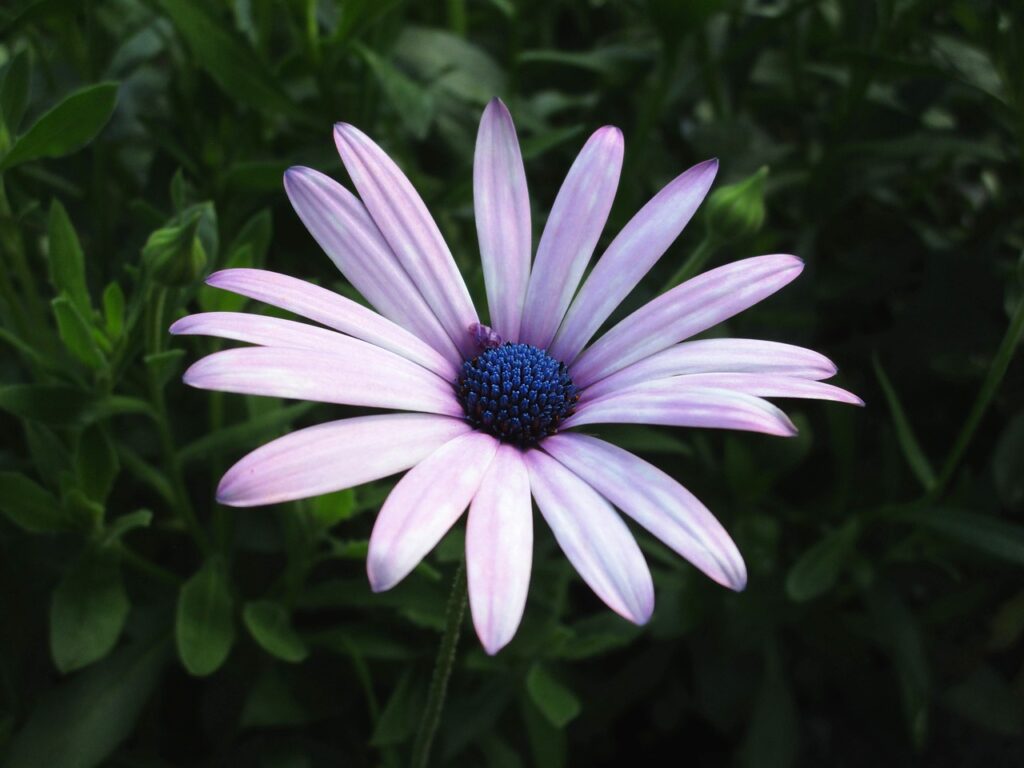
Cultivation Guide
Dimorphotheca prefers sunny locations. With sufficient sunlight, it produces vibrant, fully open flowers. Well-drained soil is essential, and overwatering must be avoided. Because of its drought tolerance, watering should be moderate, ideally only when the soil surface becomes dry.
During the hot summer months, the plant may enter a semi-dormant state. Reducing watering and keeping it in a cooler environment during this period will ease stress on the plant. After flowers finish blooming, removing the spent blooms regularly will encourage continuous flowering.
Key Growing Tips
Dimorphotheca thrives in sandy, well-drained soil. It does not require much fertilizer, but applying a small amount in spring promotes healthier growth.
As it is not frost-tolerant, in cold regions it should be brought indoors before winter or protected from frost. Pruning is best done after the flowering season, cutting the stems back moderately to prepare for the next season’s growth.
Conclusion
Dimorphotheca is easy to grow, even for beginners, and with sufficient sunlight, it will reward you with long-lasting, brilliant blooms. Its cheerful colors and lively presence can instantly brighten up any garden or balcony.
I encourage you to include Dimorphotheca in your next gardening project and enjoy its radiant beauty.

